Along with the Georgia Aquarium and the World of Coca Cola, the Center for Civil and Human Rights is situated in an enviable location in the center of the Georgia capital. And it is well-deserved. Atlanta was the epicenter of the civil rights movement in the 1950s and 1960s, the birthplace of Dr. Martin Luther King Jr. and the site of many demonstrations. Given the location, it is easy to add into any itinerary in Atlanta.
The Center for Human and Civil Rights provides a rich overview of this tumultuous period in American history. Just maybe don’t bring the kids. My seven-year-old was quite bored. I did my best to explain things to him, but it not a museum that engages kids his age unless they have an interest in American history and the Civil Rights movement. Both of these topics are new to him as a nationalized U.S. citizen (our kids were born in Costa Rica), so I do not fault him the lack of appreciation. While I did try to tailor the trip to things that would interest him, this was one place I did not want to miss. For older children and adults, here’s why you shouldn’t miss the Center for Civil and Human Rights in Atlanta:
Appreciation of those who fought for civil rights and against racism
The civil rights movement may be decades behind us, but it is not something that we should ever forget. It hit me while we were there that this period will be beyond most people’s firsthand memory in just a couple decades. Those who were born in 1950 will be 70 years old in 2020. There are still members of the Greatest Generation of just a few decades prior that are sticking around, but they will have soon passed.
This doorway brought me back to my high school days studying constitutional law, under tutelage of Michael Farris via cassette (if you can remember what those things were). Brown. v. Board of Education was the landmark case (set of cases, rather) when the Supreme Court finally ruled that segregation of public schools is unconstitutional.
The Center for Civil and Human Rights gives you the opportunity to reflect on those . The odd quote by Lester Maddox on the panel of segregationists really struck me:
“Inequality, I think, breeds freedom and gives a man opportunity.”
He took a familiar American concept and twisted it unnaturally and illogically. Freedom, especially economic and political freedom, does certainly result in inequality. But this is the result of some people being more productive and fortunate than others within the free system. Economic and political freedom is what provides opportunity. Maintaining a system of political and economic inequality certainly does not result in opportunity, and this is what Lester got exactly wrong.
If you’d rather forget about the segregationists (which I don’t suggest, as there is value in remembering both the good and bad parts of history), there are boards describing those who fought valiantly for civil rights.
One thing I really appreciated about the Center for Civil and Human Rights in Atlanta is that the museum offers a very wide array of different media as part of the experience. Whether you prefer to read, listen, or watch, all options are offered.
The entire downstairs exhibit was dedicated to Dr. Martin Luther King, Jr. I’m not sure if this is a permanent exhibit or a rotating one, but it was cool to see much of his writing and to read about his profound influence on the Civil Rights Movement.
While so many others advocated violence as a means of effecting change, he tirelessly advocated for peaceful protest of demonstration. His “I have a dream” speech, given in 1963 during the March on Washington, is still one of the most famous in our nation’s history. My experience through the Center for Civil and Human Rights left me with a profound appreciation for him and so many others.
The lunch counter
Even thought of experiencing what it would be like to do your best to sit peacefully while people hurl insults at you and yell right in your ears? Well, I hadn’t. It’s not exactly a situation in which I would expect to remain calm. But this is exactly what this exhibit requires you to do.
The lunch counter is a mock sit-in, a demonstration where African-Americans would peacefully sit at a white-only lunch counter as a means of protesting segregation. These sit-ins eventually caused the Woolworth’s department store chain to change its segregation policy.
You have to put on headphones, close your eyes, and imagine yourself in the situation while a track of harassment and insults plays in your ears. The goal is to see how long you can remain calm, keeping your palms flat on the counter in front of you. While this is far from the real experience of so many (it is easy to tell yourself that there really isn’t anyone threatening you), it does allow you to begin to understand the pressure the civil rights activists had to withstand.
An insight into the current state of global civil rights
While we enjoy a relatively high level of equality and freedom in the United States, something that I sometimes forget. I take the enjoyment of free speech, free movement and ability to pursue my dreams for granted so much of the time. But so many people around the globe lack these same freedoms. This panel of some of the most evil men of the past century reminded me how quickly freedom can be lost.
The latter part of the museum focuses on the global civil rights movement. It will provide you insight into the most free and least free places in the world and a look at some of the efforts of those who continue to flight for civil rights around the globe.
Conclusion
The Center for Human and Civil Rights is a downtown Atlanta attraction that you really shouldn’t miss. Maybe don’t bring elementary school age kids along, but definitely consider bringing your middle- and high-schoolers. They will be able to gain a lot from the experience. Tickets are normally $19.99 for adults and $15.99 for youth ages 7-12. Kids 6 years old and under are free (made it extra painful I was bringing in an uninterested 7-year-old). Students and seniors are $17.99.
However, admission is sometimes free. I noticed that the Coca Cola Foundation had sponsored admission back in February of this year. The World of Coca Cola is another downtown Atlanta attraction located just steps from the Center for Human and Civil Rights, and consider stopping by during your visit as well (SEE: The World of Coca Cola: cool attraction or marketing gimmick?).
Points With a Crew has partnered with CardRatings for our coverage of credit card products. Points With a Crew and CardRatings may receive a commission from card issuers. Responses are not provided or commissioned by the bank advertiser. Some or all of the card offers that appear on the website are from advertisers and that compensation may impact on how and where card products appear on the site. Any opinions expressed in this post are my own, and have not been reviewed, approved, or endorsed by my advertising partners and I do not include all card companies, or all available card offers. Terms apply to American Express benefits and offers and other offers and benefits listed on this page. Other links on this page may also pay me a commission - as always, thanks for your support if you use them
User Generated Content Disclosure: Points With a Crew encourages constructive discussions, comments, and questions. Responses are not provided by or commissioned by any bank advertisers. These responses have not been reviewed, approved, or endorsed by the bank advertiser. It is not the responsibility of the bank advertiser to respond to comments.

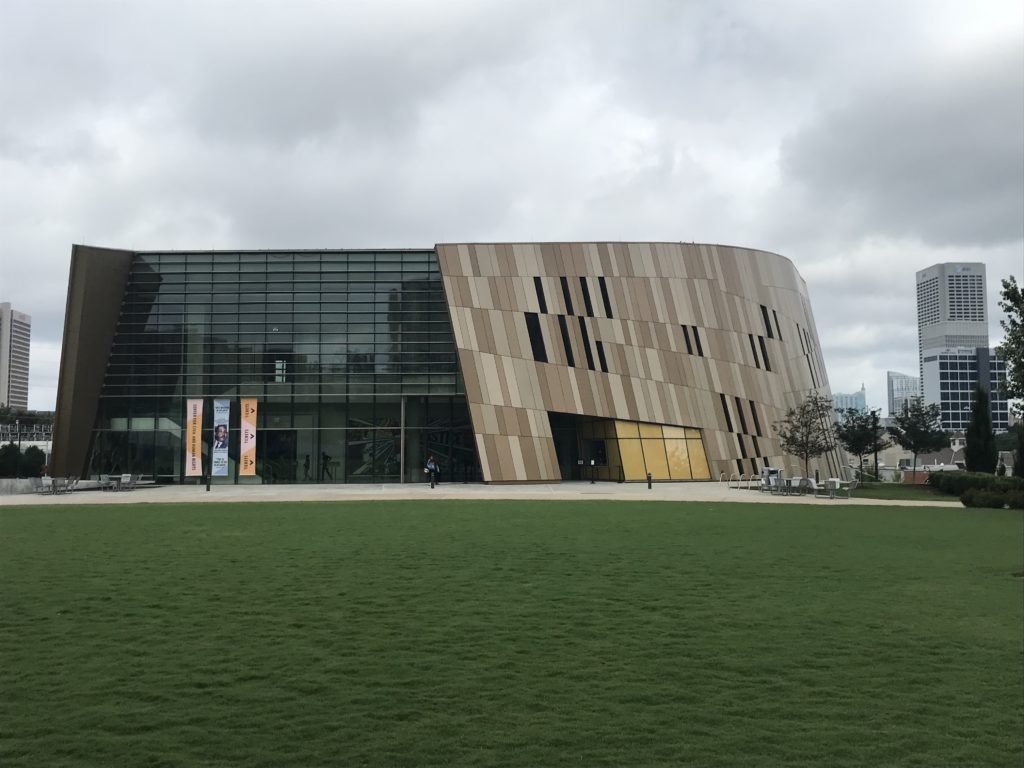
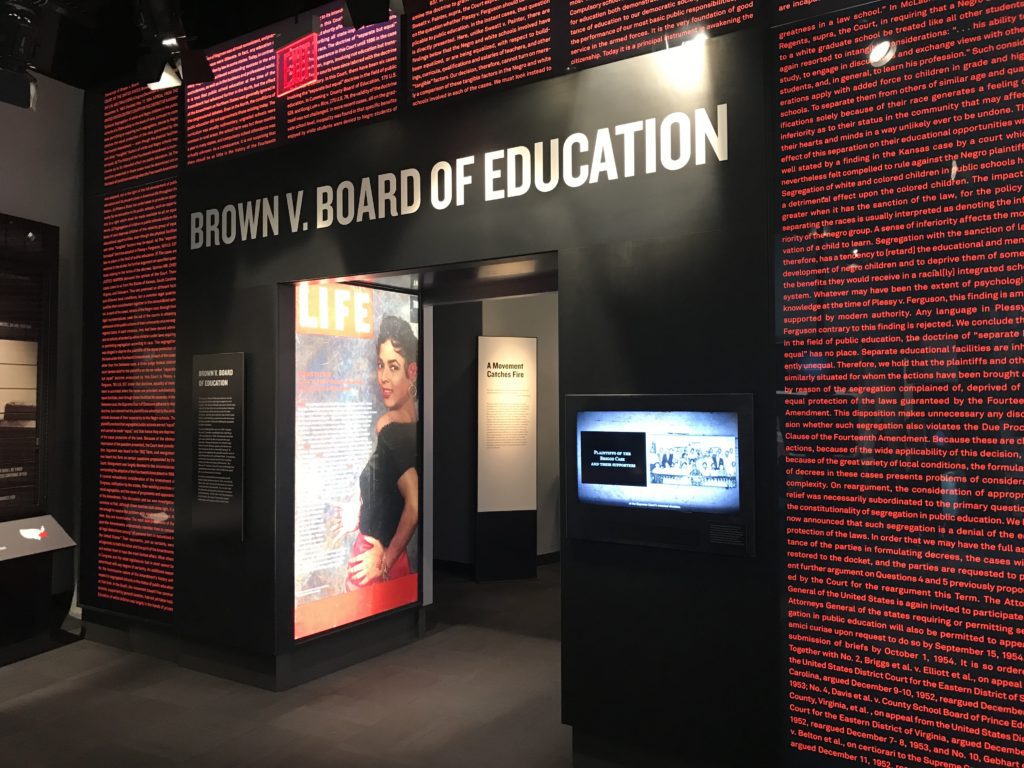

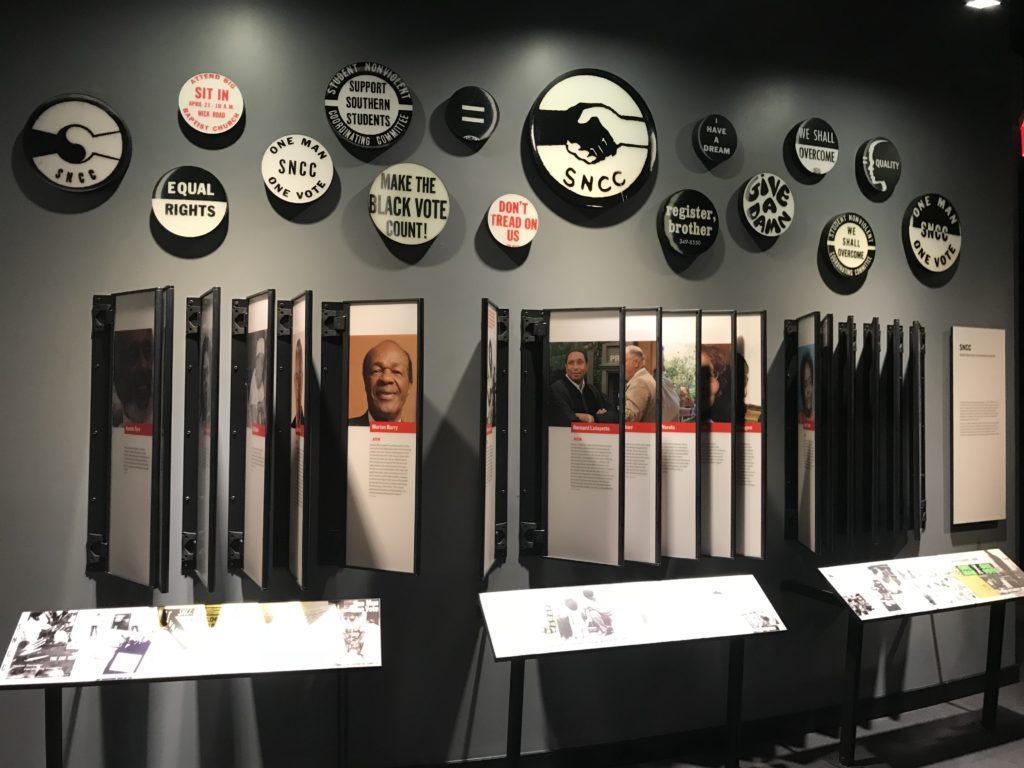
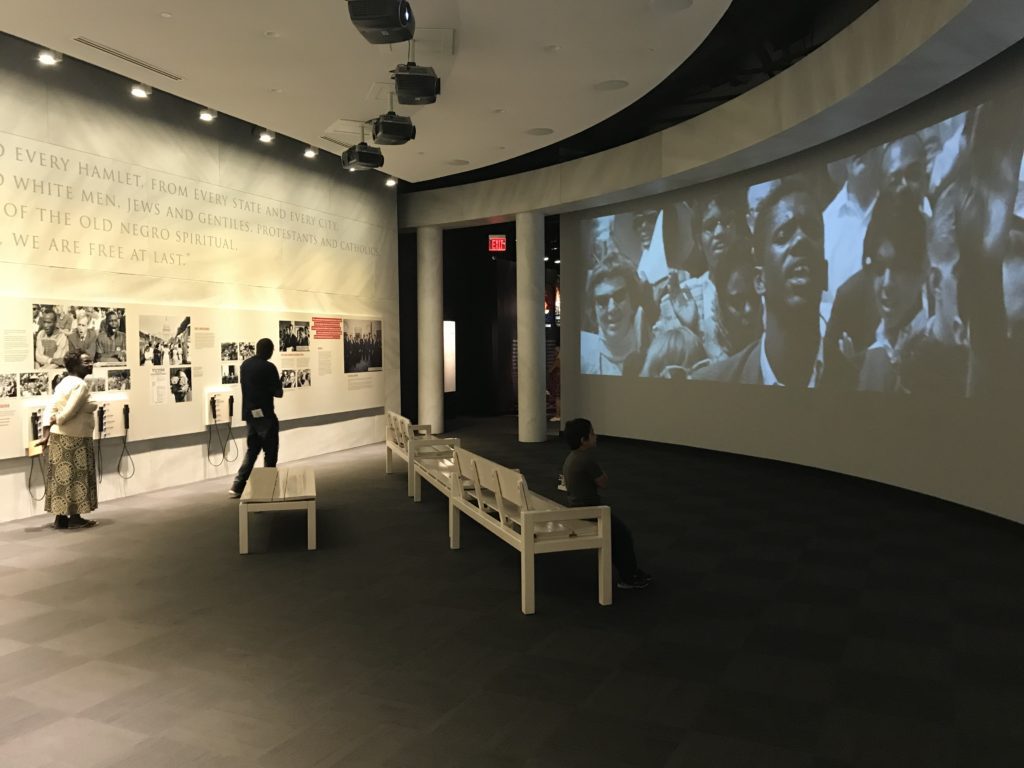
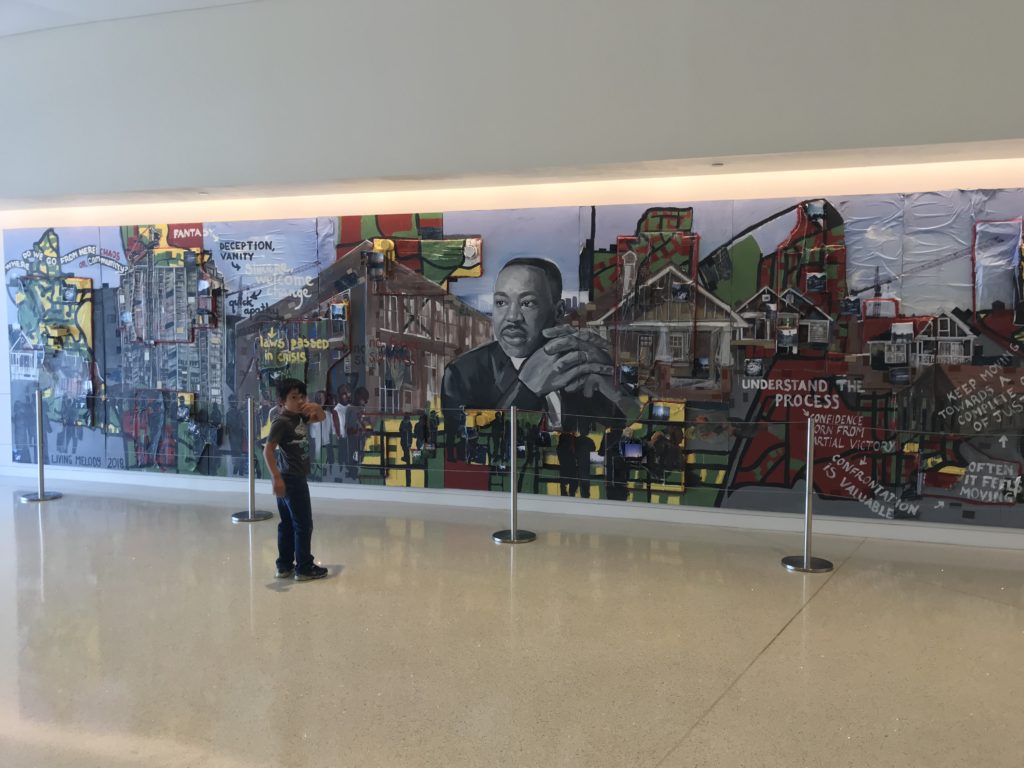

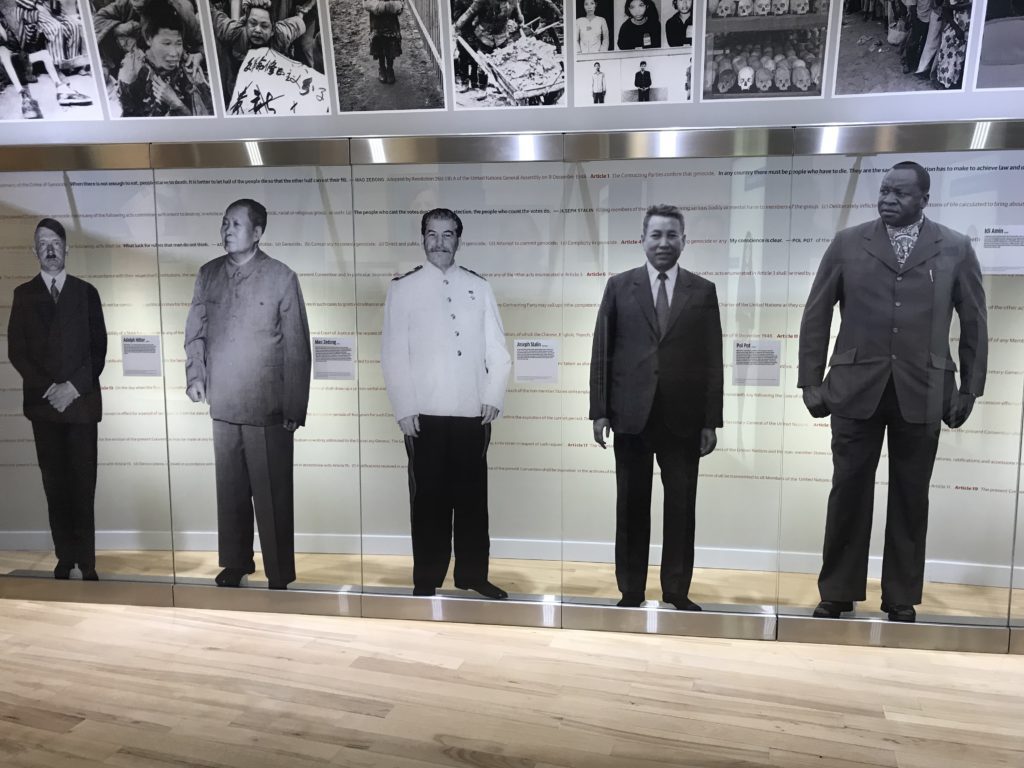
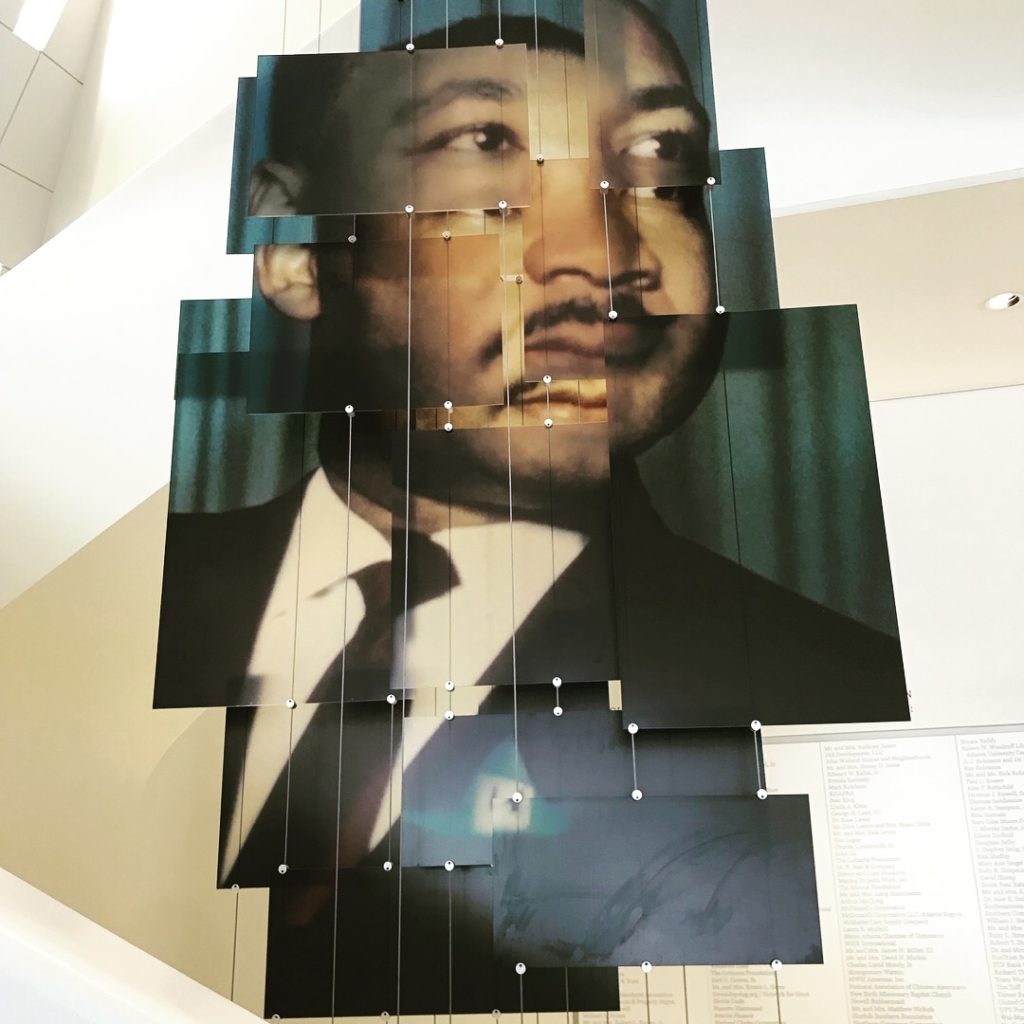

 Dan Miller travels with his wife and 6 (SIX!) children. He loves to help families travel for free / cheap, especially larger families. If you are looking for help, drop him an email at
Dan Miller travels with his wife and 6 (SIX!) children. He loves to help families travel for free / cheap, especially larger families. If you are looking for help, drop him an email at 
Recent Comments